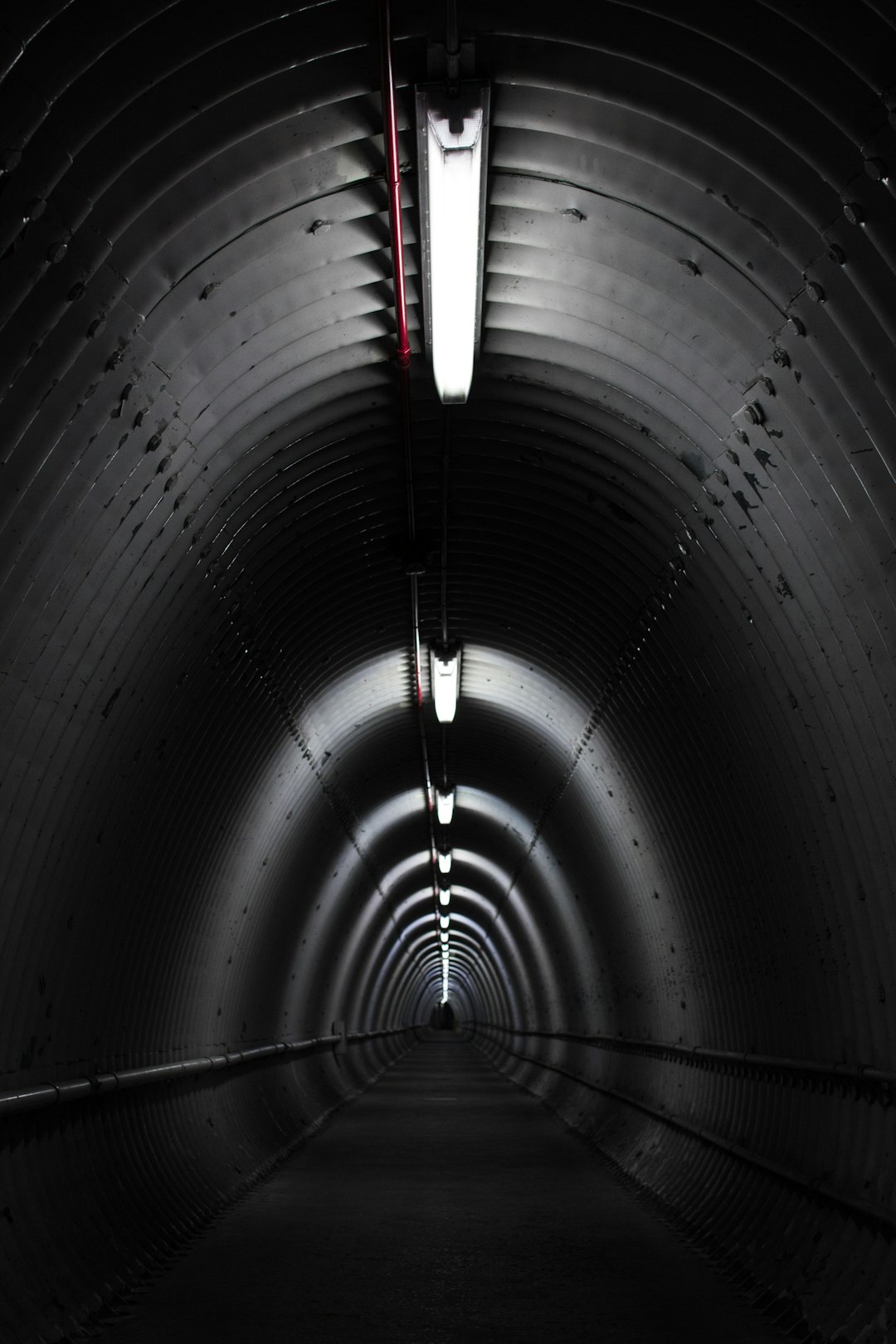We’ve all seen stories about floors collapsing and seriously injuring people. While floor collapses can be attributed to several factors, a poorly kept house crawl space can be one of the leading contributors to the problem.
If you’d prefer to keep your floor and all who walk on it safe, and you also have a vested interest in maintaining the overall health of your home, you must be proactive when it comes to your crawl space’s condition.
There are several ways that you can optimize your crawl space to keep it in excellent shape. In this write-up, our team shares with you 8 things that you can do this week that could save your house from collapsing.
- Invest in Critter Proofing
Everything from rodents to raccoons to cats can wreak havoc on your crawl space and everything that’s kept inside of it. Critters can chew through wires. They can break pipes to gain access to water. They’ll also breed and defecate in your crawl space which can lead to animal control issues and fowl odors.
To avoid all of those factors, secure your crawlspace entrances with strong chicken wire that cannot be chewed through. It’s imperative that you avoid using crawl space sealing solutions that don’t breath since your crawlspace receiving air is integral to its remaining mold-free.
- Reduce the Negative Effects of Evaporation
As the day heats up, water will evaporate from the ground under your house crawl space and with nowhere to go, will absorb into your crawl space’s wood and insulation. After a while, wood will start to rot and your foundation may start to fall out.
To keep evaporation from ruining your crawl space, consider putting a plastic tarp over your crawl space’s floor.
- Ensure That Radon Isn’t a Problem
Radon is a natural gas that is odorless and deadly. It rises out of the ground naturally and, depending on where you live, the rate in which radon occurs can present serious health issues to your family.
Testing for radon in your house crawl space can give you a clear reading as to whether or not the gas is something that you should be concerned with. If radon readings turn out to be concerning, skilled contractors can offer solutions to remedy the problem.
- Fill in Depressions
Since most crawl space floors are comprised of exposed dirt, it’s easy for depressions to form in the ground via run of the mill erosion. As depressions start to get larger, water may start to pool in them which can add to the moisture in your crawl space and contribute to problems like mold and rot.
The best way to deal with depressions is to get your hands on some free dirt and fill them in. If you’re planning on tarping your crawl space’s floor (as was suggested in our second point) you must fill in your ground’s depressions before doing so.
- Add Additional Support to Beams
Your home’s floor is likely held up by a series of wooden beams that you should be able to identify in your house crawl space. Over time, these beams may start to sink into the ground depending on how dense the dirt under your house is.
Sinking beams mean sagging floors which are not only uncomfortable to walk on but are much less secure than flesh surfaces.
If you notice sagging beams in your crawl space, work with a contractor to lift those sections of your floor so you can add additional wood to your beam and even things out. You’ll likely have to revisit this process every few years.
- Replace Wood Beams With Concrete
While wood is the standard when it comes to the infrastructure of your house crawl space, wood is also susceptible to several elements that can make it rot away. Concrete, on the other hand, is much sturdier and will add to the overall stability of your home.
Given that fact, many homeowners have contractors replace the wooden beams that are holding up their floor with concrete blocks. This swap eliminates the chance of your supports rotting and will reduce sinking risks.
Bonus: Download an interior design eBook for free
SIGN UP & DOWNLOAD
- Throw in a Dehumidifier
If you’ve ever spoken to a contractor about crawl space encapsulation, you’ve likely heard them talk to you about working with a dehumidifier. A dehumidifier can be an outstanding way to make your crawl space even less susceptible to humidity after you’ve done things like tarped your dirt floor.
Investing in large dehumidifiers can be pricey but may be well worth the expense if you live in humid areas where moisture may be a heightened problem.
- Replace Damaged Wood
Any time that you notice wood in your crawl space that’s rotted, you should be proactive about replacing it. Rotted wood not only does nothing to support your home but can emit odors.
Wood infrastructure can usually be replaced in sections so you shouldn’t have to worry about gutting your whole crawl space if you notice a few rotting pieces. To ensure that your crawl space’s integrity is maintained as you replace beams, work with a qualified contractor.
A Well Maintained House Crawl Space Means a Well Supported Home
Your home is probably the most important material thing to you and your family. If you’d like to keep it safe and in good condition, we recommend optimizing your house crawl space by leveraging the tips that we’ve just shared.
While working on your crawl space might not seem like it belongs at the top of your home improvement checklist, believe us when we say that sometimes the least visible things can have the biggest impact on your life.
For more advice on all things homes, check out additional content on our blog.
